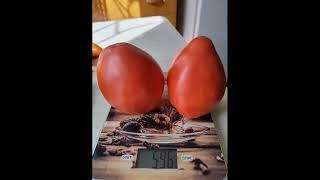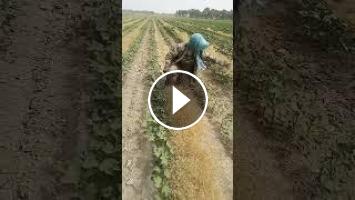increase cumin productivity, several strategies can be implemented:1. Improved Seed QualityUse High-Yield Varieties: Select high-yielding and disease-resistant varieties suitable for your region.Seed Treatment: Treat seeds with fungicides or bio-agents to protect against soil-borne diseases.2. Optimal Sowing PracticesSowing Time: Ensure timely sowing to match the crop's growing period with favorable weather conditions.Spacing: Use proper plant spacing to ensure adequate air circulation and sunlight penetration.Depth: Sow seeds at the correct depth (usually 1-2 cm) to ensure good germination rates.3. Soil ManagementSoil Testing: Test soil pH and nutrient levels before planting. Cumin prefers well-drained sandy loam soils with a pH of 6.8-8.3.Organic Matter: Incorporate organic matter like compost or well-rotted manure to improve soil fertility and structure.4. Irrigation ManagementAdequate Watering: Provide irrigation during critical growth stages like germination and flowering. However, avoid waterlogging as cumin is sensitive to excess moisture.Drip Irrigation: Use drip irrigation to provide uniform moisture while conserving water.5. Nutrient ManagementBalanced Fertilization: Apply a balanced mix of nitrogen, phosphorus, and potassium (NPK) fertilizers based on soil test results.Micronutrient Application: Ensure the availability of micronutrients like zinc and iron, which are essential for cumin growth.6. Pest and Disease ManagementRegular Monitoring: Monitor crops regularly for signs of pests or diseases.Integrated Pest Management (IPM): Use a combination of cultural, biological, and chemical controls to manage pest populations.Disease Control: Rotate crops and avoid planting cumin in the same field consecutively to reduce disease pressure.7. Weed ControlTimely Weeding: Weed the field regularly to reduce competition for nutrients, water, and light.Mulching: Use organic or plastic mulch to suppress weed growth and conserve soil moisture.8. Harvesting TechniquesProper Timing: Harvest cumin when the plants turn yellowish-brown, and the seeds are mature. Early or late harvesting can reduce yield and quality.Threshing and Cleaning: Use efficient threshing and cleaning techniques to minimize seed loss and maintain quality.9. Post-Harvest ManagementProper Drying: Dry the seeds properly to reduce moisture content to safe levels (8-10%) to prevent fungal contamination during storage.Storage Conditions: Store cumin in cool, dry, and well-ventilated conditions to maintain seed quality.10. Adoption of TechnologyPrecision Farming: Utilize technology like GPS and remote sensing for better field management.Farmer Training: Regularly train farmers on the latest agricultural practices and technologies to improve productivity.Implementing these strategies can significantly improve the productivity of cumin crops.
- Категория
- Севооборот
Комментариев нет.




